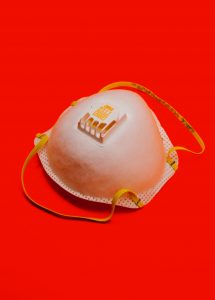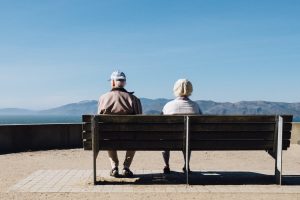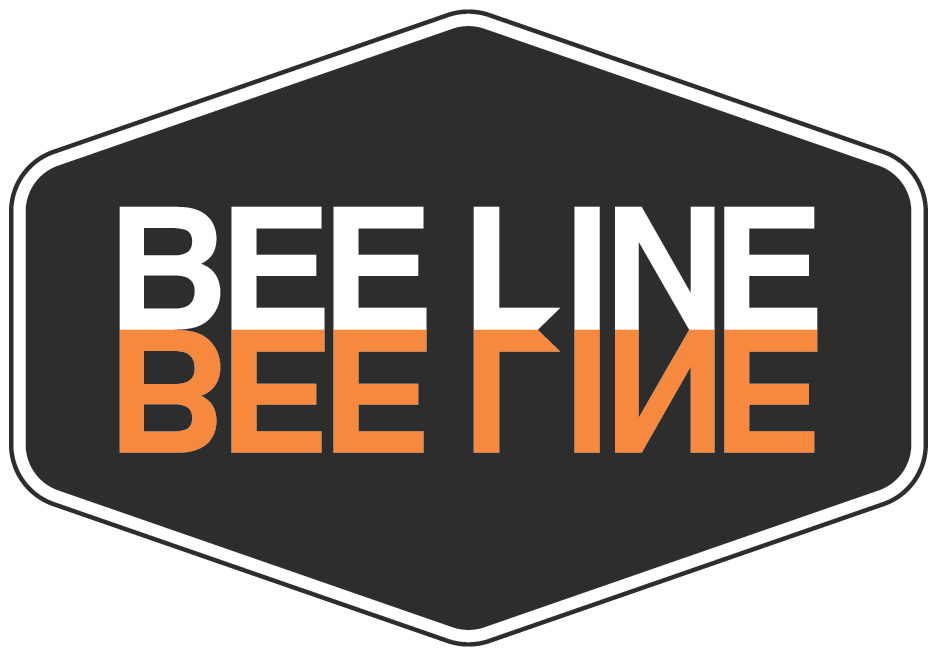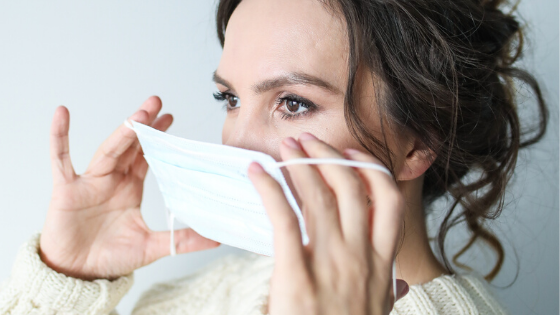Sometimes it can get tricky to keep up with the latest recommendations and updates around COVID-19 prevention. One particular topic that we’ve started receiving a lot of questions around is proper mask etiquette, both for personal and professional use.
To get to the bottom of the debate, we thought we’d share an infographic that helps to answer your most pressing questions, responded to with up-to-date research from the CDC and World Health Organization. Some of these considerations include:
What are the new recommendations for wearing a mask?
What are the different types of masks?
How can masks prevent the spread of COVID-19?
If I only wear a mask, will I be safe from the virus?
How can wearing a face cover or mask save lives?
Keep scrolling to see the full infographic, or click here to open up a printable version of this poster for your home or office.

All of Your Questions About Wearing Masks, Answered:
What are the new recommendations for wearing a mask?
Since the COVID-19 pandemic began, the CDC recommended that only those with symptoms wear a mask. The CDC now recommends that people should wear nonsurgical cloth face coverings when they go out in public settings where other social distancing measures are difficult to maintain, such as the grocery stores and pharmacies. The cloth face coverings recommended are not surgical masks or N-95 respirators. Those are critical supplies that must continue to be reserved for healthcare workers and other medical first responders, as recommended by current CDC guidance.
What are the different types of masks?
Face Covering:
A face covering can be any cloth that covers your nose and mouth, such as a scarf or a bandana. Evidence suggests that wearing face coverings will not protect healthy individuals from viruses spread through droplets, but can help reduce transmission of the virus to others by blocking the wearer’s respiratory emissions when they cough or even talk.
Surgical Mask:
A surgical mask is cleared by the FDA and provides the wearer protection against large droplets, splashes, or sprays of bodily or other hazardous fluids. It also protects the patients from the wearer’s respiratory emissions when used by healthcare professionals. The mask is loose fitting and does NOT provide the wearer with a reliable level of protection from inhaling smaller airborne particles and is not considered respiratory protection. OF NOTE: surgical masks do not require fit testing and leakage can occur around the edge of the mask when the user inhales.
N95 Respirator:

An N95 respirator may resemble a mask but it is evaluated, tested, and approved by NIOSH as per the requirements (in 42 CFR Part 84). It is tight-fitting and reduces the wearer’s exposure to particles including small particle aerosols and large droplets (only non-oil aerosols). N95 respirators require fit testing and a user seal check each time the respirator is put on. It also filters out at least 95% of airborne particles including large and small particles and when properly fitted and donned, minimal leakage occurs around edges of the respirator when the user inhales.
How can masks prevent the spread of COVID-19?
New research has found that COVID-19 is being spread by people who show no symptoms of the virus. Wearing a face cover or surgical mask can reduce the spread of the virus by limiting the amount of droplets from a possibly infected person. N95 respirators can reduce the spread of the virus to healthcare workers who are in close contact with symptomatic patients.
If I only wear a mask, will I be safe from the virus?
Wearing a face cover, surgical mask or N95 respirator can help protect you from the virus but it alone cannot stop the transmission of COVID-19. You must also wash your hands regularly or use hand sanitizer, avoid touching your face, particularly your mouth, nose and eyes and socially distance yourself from others. You must also continue to cough or sneeze into your sleeve because face masks alone will not stop the wearer’s droplets from escaping. The mask can also aid in not allowing you to easily touch your mouth which can be a possible transmission route.
How can wearing a face cover or mask save lives?
Face covers and masks can help reduce the spread of the virus by limiting droplets from possibly infected individuals who are not showing any symptoms. This will help protect not only those directly around you but many others who are not in close contact, such as a cashier’s immunocompromised family member at home. Wearing a face cover or mask can help to break the chain of transmission of the COVID-19 virus.


Ready to Call In the Experts in Medical-Grade Cleaning?
We hope these tips help to protect you all season long! If you’re ready to take your facility’s health to the next level, Call Bee Line Support for a quote at 312-BEE-LINE, or click the button below to request a quote:
About The Author
Tom Klimaszewski
author
Tom is your go-to-guy for any health and safety concerns on-site! Tom has lots of experience as a Safety and Compliance Manager in commercial cleaning, healthcare, office, airport settings, with his education in Environmental Studies. He has earned his Certificate Mastery in Infection Prevention (CMIP) and Trainer for Certified Surgical Cleaning Technician (T-CSCT), so to say he’s knowledgeable would be an understatement. When he’s not combatting germs, you can find Tom painting, writing songs, hiking, fishing, and belting out his favorite tunes at karaoke! His favorite part of working with Bee Line is the collaborative and supportive environment.



